Migration remains one of nature’s most fascinating phenomena, where billions of birds undertake epic journeys across continents and oceans each year. While we often marvel at the physical endurance required for these trips, another equally remarkable aspect deserves attention: the social dynamics of migration. Many bird species display a strong reluctance to migrate individually, instead preferring to wait for their flock or social group before beginning their journey. This behavior, deeply rooted in evolutionary advantages, shapes migration patterns worldwide and reveals the complex social structures that govern avian life. Let’s explore why some birds refuse to embark on these crucial journeys without their companions, and what this tells us about avian cognition, survival strategies, and the delicate balance between individual and group needs.
The Safety-in-Numbers Advantage
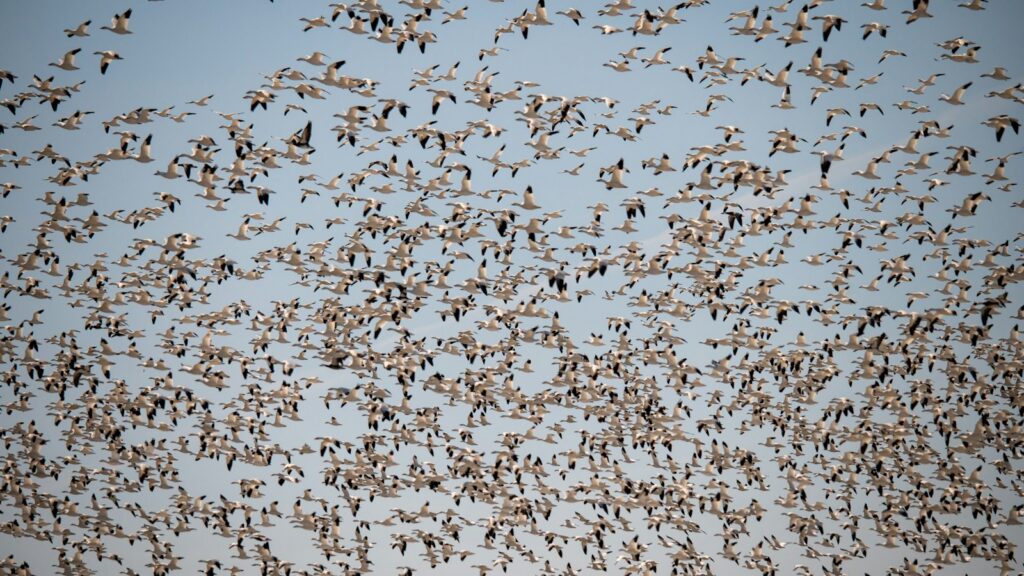
The most fundamental reason birds migrate in groups relates to predator protection. A lone bird presents an easy target for predators, while those traveling in flocks benefit from multiple vigilant eyes watching for danger. Research has shown that predation rates on solitary migrating birds can be up to five times higher than on those traveling in groups. Additionally, when a predator does attack, the confusion effect created by many birds moving simultaneously reduces any individual’s chance of being captured. Large flocks also dilute the risk statistically – with hundreds or thousands of potential targets, any single bird’s odds of becoming prey diminish significantly. This powerful survival advantage has shaped migration behavior over millions of years, creating a strong evolutionary pressure against solo travel.
Navigation and Collective Knowledge
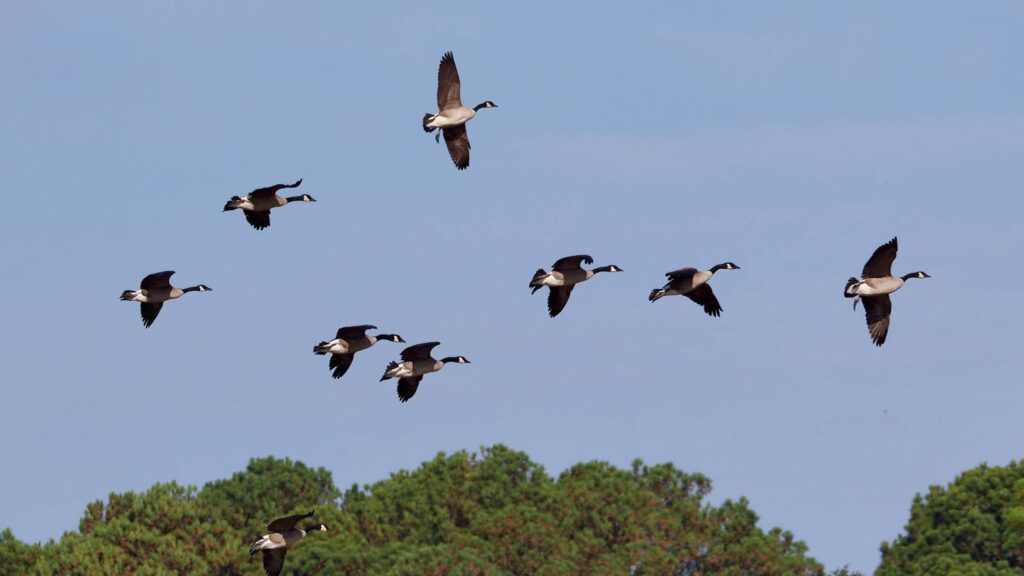
Migration routes often span thousands of miles over featureless oceans, vast deserts, or mountainous terrain, presenting enormous navigational challenges. Birds typically rely on a combination of celestial cues, magnetic sensing, landmark recognition, and other mechanisms to find their way. Within groups, individual birds with different strengths in various navigation methods can complement each other, creating a more reliable navigation system. Experienced older birds who have completed previous migrations often lead groups, sharing their valuable knowledge with younger, inexperienced individuals. Studies tracking European starlings have demonstrated that flocks containing experienced individuals maintain more direct routes and make fewer navigational errors than groups composed entirely of first-time migrants. This knowledge transfer represents a form of cultural learning that cannot occur in solitary travelers.
Energy Conservation Through Aerodynamics
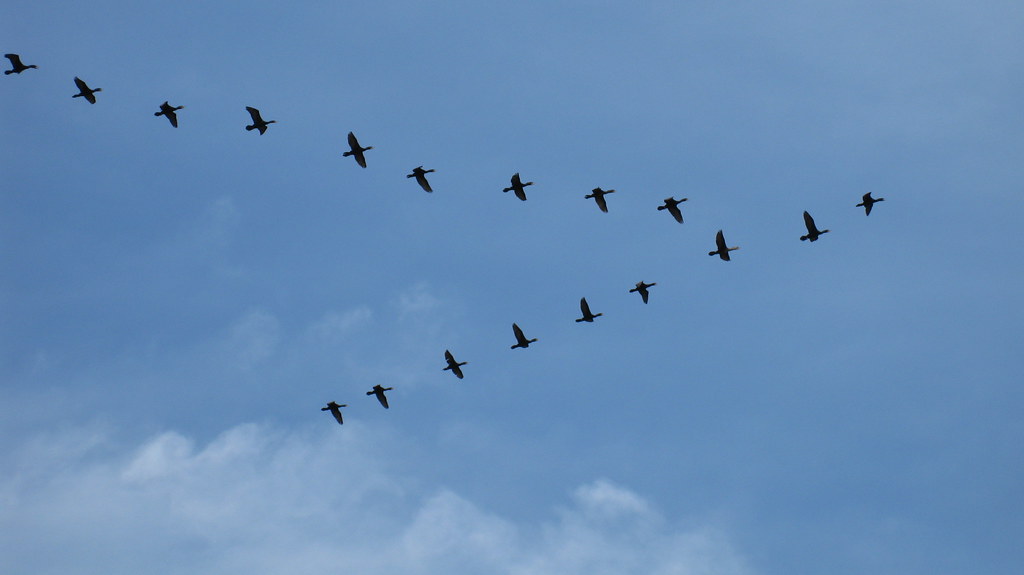
Perhaps the most studied benefit of group migration relates to energy efficiency through cooperative aerodynamics. Birds flying in V-formations, like Canada geese or pelicans, create uplift patterns that reduce energy expenditure for trailing birds. The lead bird breaks the air resistance, while those following can ride the updrafts created by wingtip vortices. Scientific measurements have shown that birds in optimal positions within formations can reduce their heart rates by up to 30% compared to solo flight. This energy-saving advantage becomes critical during long-distance migrations, where every calorie matters. Some species rotate leadership positions, sharing the energetically costly front position and demonstrating a remarkable form of cooperation that benefits the entire group.
Social Bonds and Emotional Attachments
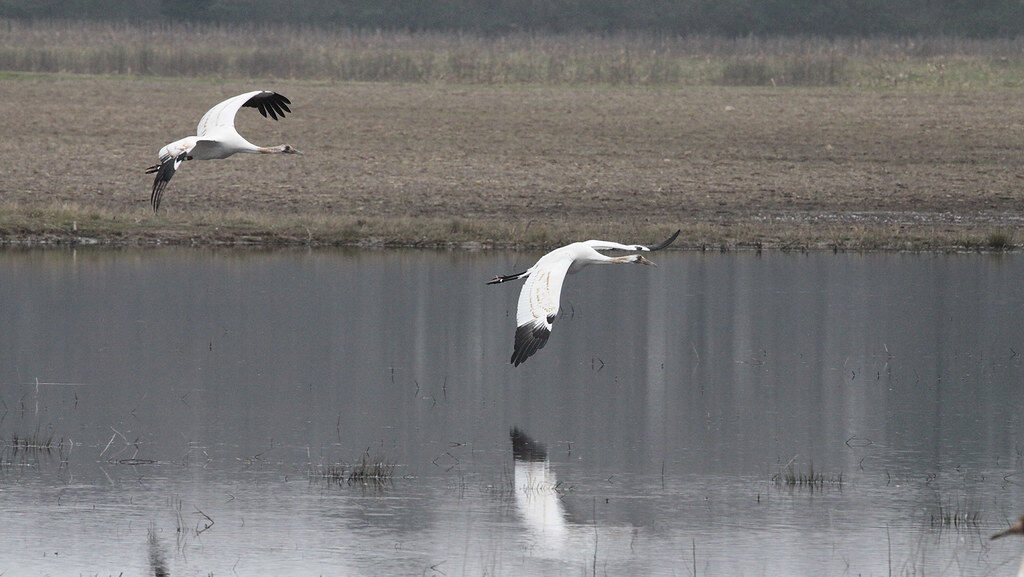
While scientific research has traditionally focused on pragmatic survival advantages, growing evidence suggests emotional and social bonds may also play a role in group migration preference. Many migratory birds form long-term pair bonds or maintain family units during migration. Whooping cranes, for instance, migrate in family groups with parents guiding their offspring on their first journey south. Researchers observing captive-bred cranes have noted significant distress behaviors when individuals become separated from their social groups during migration. Recent studies using heart rate monitors and stress hormone measurements have detected physiological indicators of anxiety in birds separated from their regular migration companions. These findings suggest that beyond practical survival considerations, psychological comfort might influence migration grouping behavior.
Genetically Programmed Flock Mentality
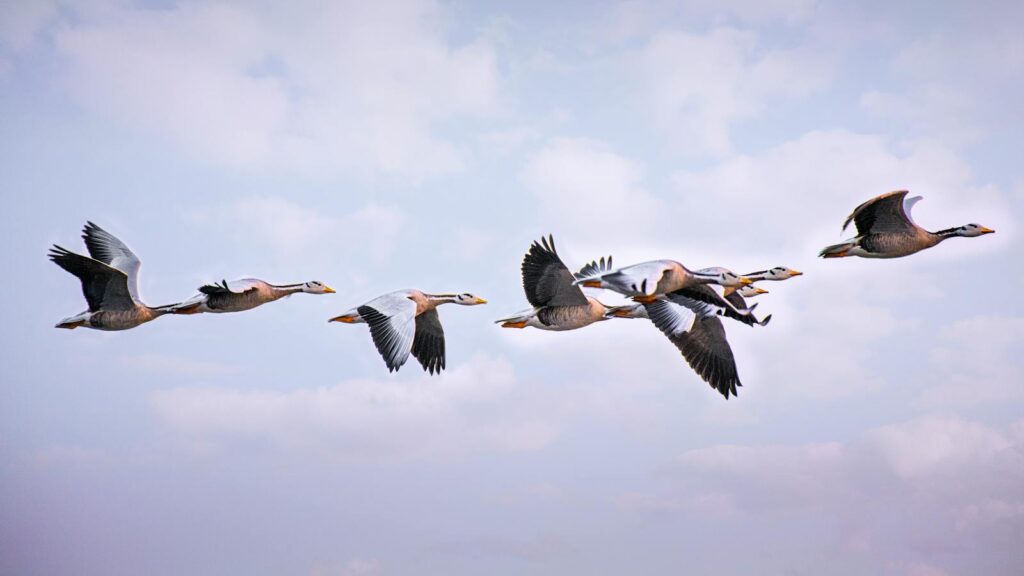
The impulse to migrate with others appears partially hardwired into many birds’ genetic code. Controlled experiments with hand-raised birds who have never observed migration still display restlessness and group-seeking behaviors during migration seasons. This phenomenon, called zugunruhe or “migratory restlessness,” intensifies when birds can see or hear other members of their species. Remarkably, even birds raised in complete isolation will attempt to synchronize their migratory preparation with conspecifics when later introduced to them. Genetic studies have identified specific gene variants associated with both migration timing and social flocking behaviors, suggesting these traits have evolved together. This genetic predisposition creates a powerful motivation for birds to seek companions before undertaking migration journeys.
Weather Risk Management Through Collective Decision-Making
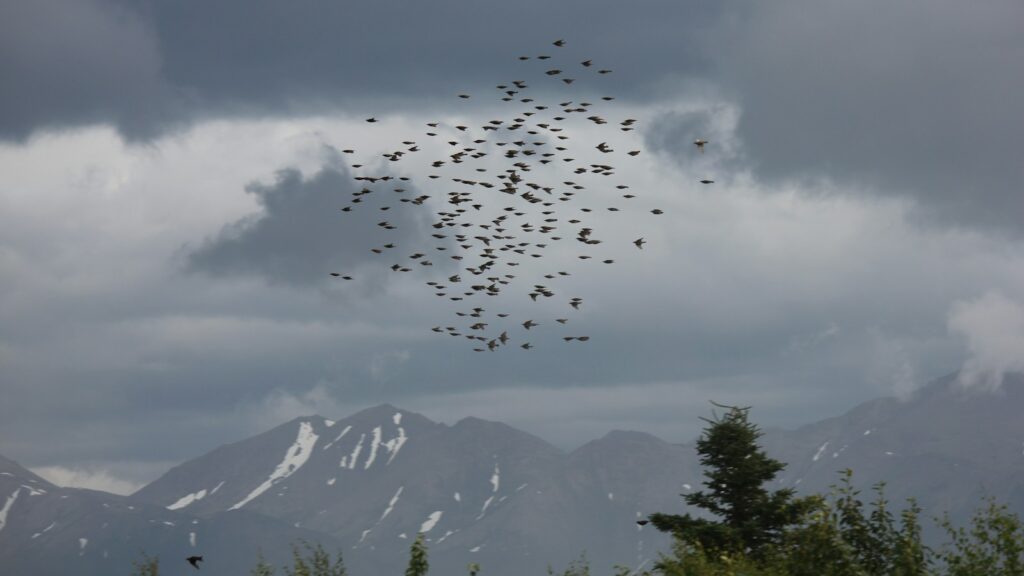
Timing migration correctly against unpredictable weather patterns presents enormous challenges and risks. Groups of birds can make better decisions about when to depart or when to wait out dangerous conditions than individuals alone. Research tracking European robins showed that flocks were significantly more likely to delay departure when challenging weather lay ahead compared to individuals, who sometimes departed at inopportune times. When conditions improve, the collective assessment of multiple birds creates a more reliable “go signal” than any individual bird could determine. This distributed decision-making system provides a form of wisdom that benefits all participants. During migration itself, flocks can more effectively detect and navigate around storm systems that might prove fatal to solo travelers.
Finding Suitable Stopover Sites
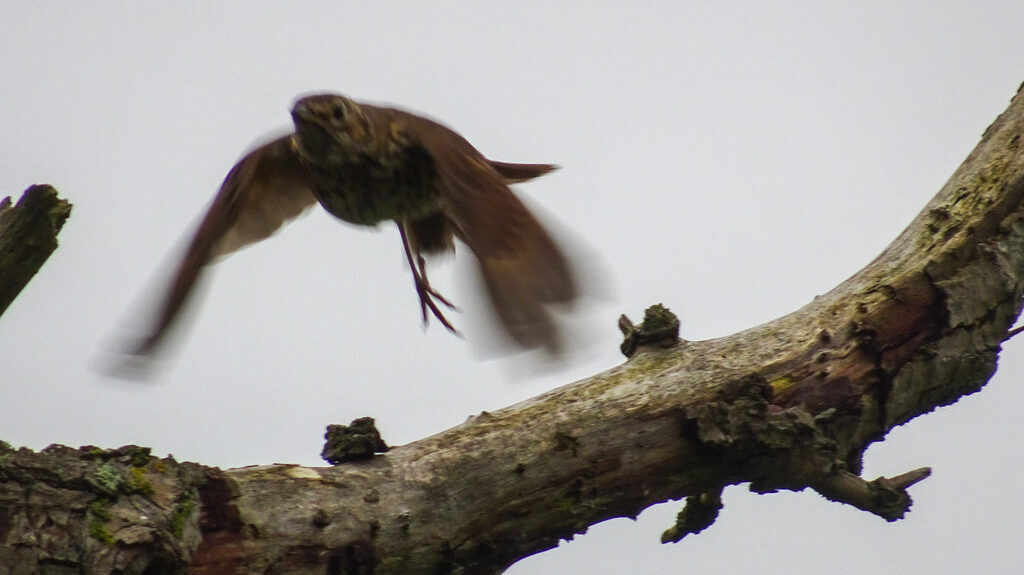
Long migrations require multiple rest stops where birds can refuel by feeding intensively. Locating these critical habitats presents another challenge where group advantage proves significant. Birds arriving at unfamiliar stopover sites benefit from multiple searchers looking for food sources, water, and safe roosting locations. Research with radio-tagged thrushes demonstrated that individuals traveling with flocks located high-quality feeding areas up to 60% faster than solitary migrants. This efficiency becomes particularly important when stopover habitat is limited or fragmented. Additionally, many birds share information about food sources through their behavior – when one begins feeding successfully, others quickly join, a phenomenon ornithologists call “local enhancement.” This information-sharing system functions only in group contexts.
Predator Detection and Response Systems

The journey between breeding and wintering grounds exposes birds to numerous unfamiliar predators, making vigilance critically important. Groups establish sophisticated alarm systems where a single bird spotting danger can alert the entire flock instantly. Different alarm calls often communicate specific information about the type of threat, its direction, and urgency level. Researchers studying yellow-rumped warblers documented distinct alarm vocalizations that differentiated between aerial predators like hawks and ground threats like snakes or mammals. These complex communication systems require multiple participants to function effectively. Additionally, coordinated flock responses to predators, such as tight formation flying or synchronized diving, only work when sufficient numbers participate, creating another incentive for group migration.
Overcoming Geographic Barriers Together
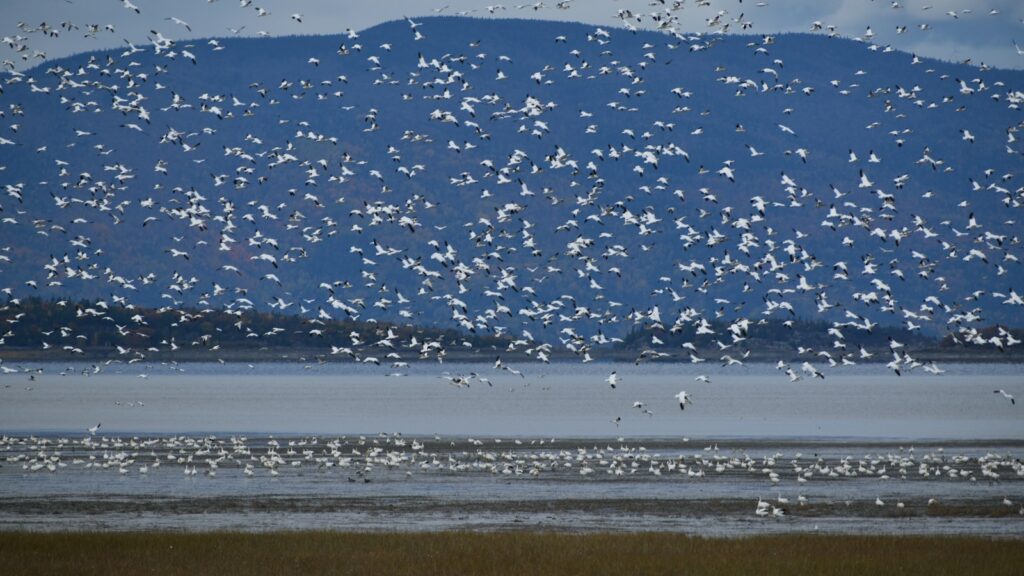
Migration routes often include challenging geographic features like mountain ranges, large bodies of water, or deserts that present significant obstacles. Crossing these barriers alone carries substantial risks, while groups can provide critical support during these dangerous passages. When crossing large water bodies, for instance, exhausted individuals in a flock can sometimes receive physical support from stronger birds. Observations of migrating European storks have shown birds taking turns riding thermal updrafts over mountains, with leaders communicating the location of these energy-saving air currents to followers. During desert crossings, groups can more effectively locate rare water sources or oases that might be missed by individuals. These collaborative strategies for managing geographic challenges create strong selection pressure for group migration behavior.
Synchronized Biological Rhythms
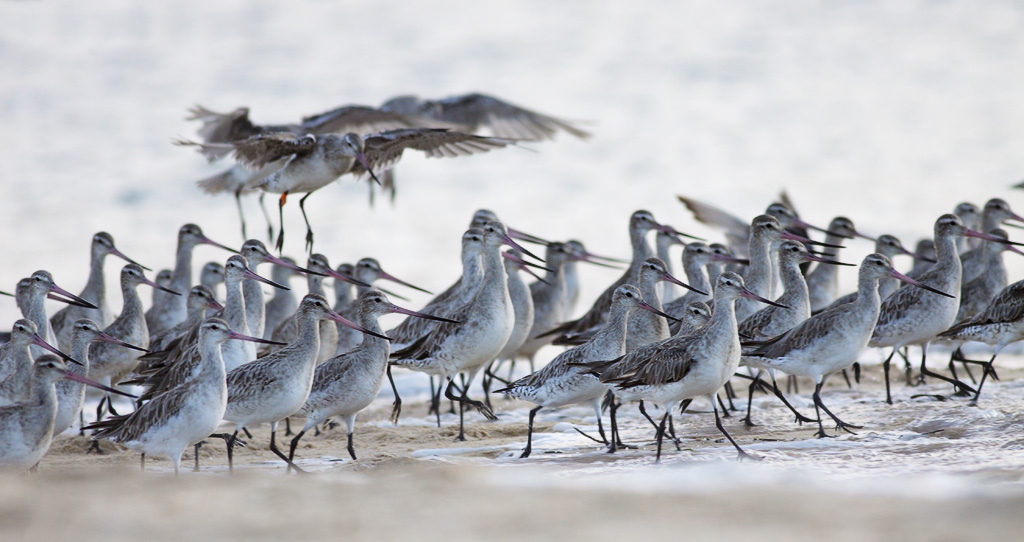
Migration requires precise physiological preparation, including fat accumulation, muscle development, and hormonal changes. Birds traveling together often synchronize these biological processes, creating a form of social reinforcement that helps maintain appropriate preparation timing. Studies examining corticosterone and melatonin levels in migratory songbirds found that birds housed together developed more consistent hormonal patterns than isolated individuals. This synchronization helps ensure all group members reach migration readiness simultaneously. Researchers have also documented “social feeding” behaviors, where birds increase their food intake when observing others feeding intensively during pre-migration periods. This physiological coordination represents another subtle but important advantage of group preparation and travel.
Different Migration Strategies Across Species
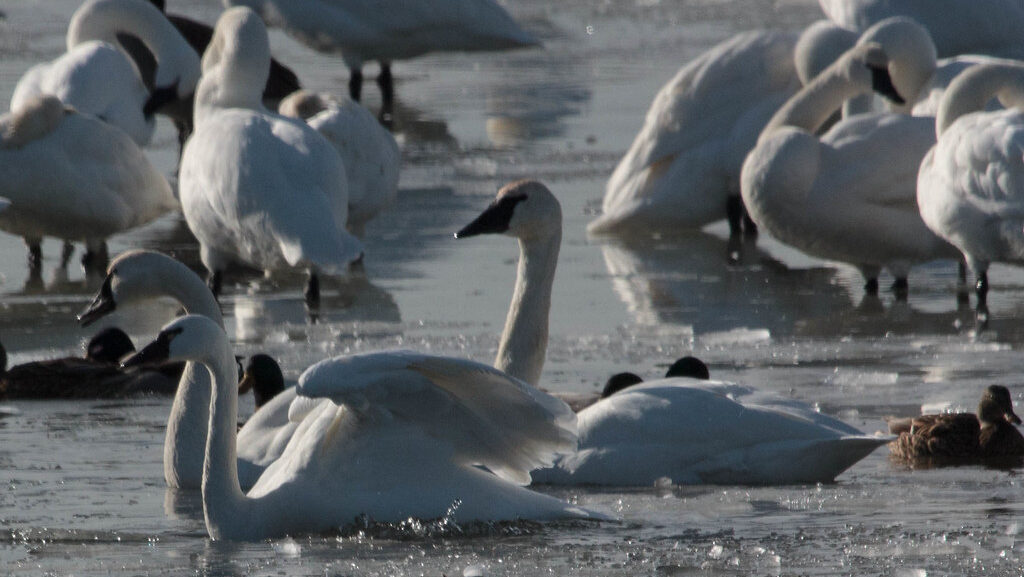
While many birds show strong group migration tendencies, the intensity of this preference varies considerably across species. Swans and geese maintain tight family units throughout migration, with young birds typically following parents on their first journey. Contrast this with cuckoos, which migrate individually and innately know their route without social learning. Some species, like European robins, shift between strategies depending on conditions – migrating in loose flocks during favorable weather but traveling alone when pressed by harsh conditions. Peregrine falcons represent another interesting case, with juveniles migrating in groups while adults often travel alone. These variations highlight how each species has evolved migration strategies that balance the benefits of group travel against other factors like feeding efficiency, breeding systems, and predator avoidance techniques.
Human Impacts on Group Migration Dynamics
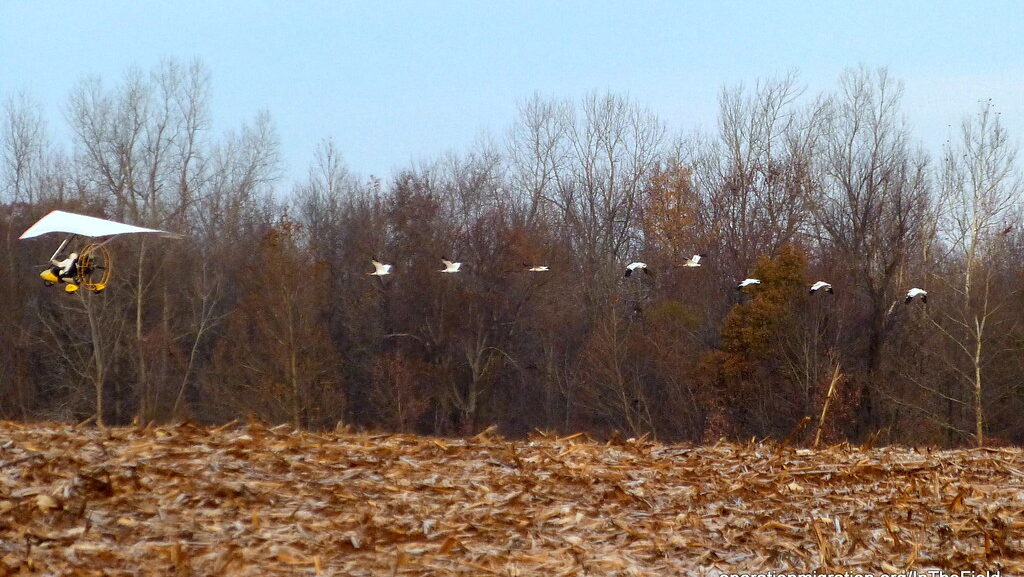
Modern human activities increasingly disrupt the delicate social structures that facilitate group migration. Habitat fragmentation can separate flocks, while hunting or capture often removes experienced leader birds who carry critical route knowledge. Conservation reintroduction programs face significant challenges when attempting to restore migratory populations precisely because the social knowledge of migration routes can be lost when too few birds remain. Projects like Operation Migration, which used ultralight aircraft to teach captive-raised whooping cranes their ancestral migration routes, demonstrate the importance of this social learning component. Climate change presents another challenge, as it can disrupt the timing synchronization between different birds, potentially forcing some to choose between waiting for companions or departing at the optimal environmental moment. Understanding these social dynamics has become increasingly important for effective conservation planning.
The Future of Migration Research
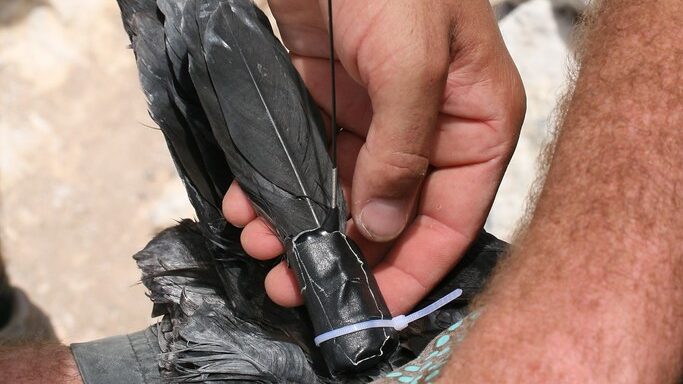
Modern tracking technology is revolutionizing our understanding of bird migration social dynamics. Miniaturized GPS transmitters, acceleration sensors, and heart rate monitors now allow researchers to follow individual birds within flocks, measuring their interactions, leadership roles, and physiological responses throughout migration. These technologies reveal surprisingly complex social structures that were previously invisible to human observers. Artificial intelligence algorithms analyzing these movement patterns can identify decision-making processes and social hierarchies within traveling groups. Meanwhile, advances in genetics are helping scientists understand the hereditary components of social migration behavior. As climate change and habitat loss continue to threaten migratory birds worldwide, this deeper understanding of social migration dynamics will prove essential for developing effective conservation strategies that preserve not just individual birds, but the collective knowledge and social structures that make migration possible.
Conclusion

The reluctance of many bird species to migrate without their group reveals the profound importance of social dynamics in avian life. Far from being merely a preference, group migration offers critical advantages in navigation, predator avoidance, energy conservation, and decision-making that have shaped evolutionary adaptations over millions of years. These social migration strategies represent sophisticated solutions to the enormous challenges of long-distance travel. As we face a future where human activities increasingly threaten migratory birds and their habitats, understanding and preserving these social migration systems becomes as important as protecting the physical habitats birds depend upon. The next time you witness a V-formation of geese overhead or a murmuration of starlings preparing for departure, remember you’re observing not just a collection of individual travelers, but a complex social system that carries ancient knowledge across continents.
